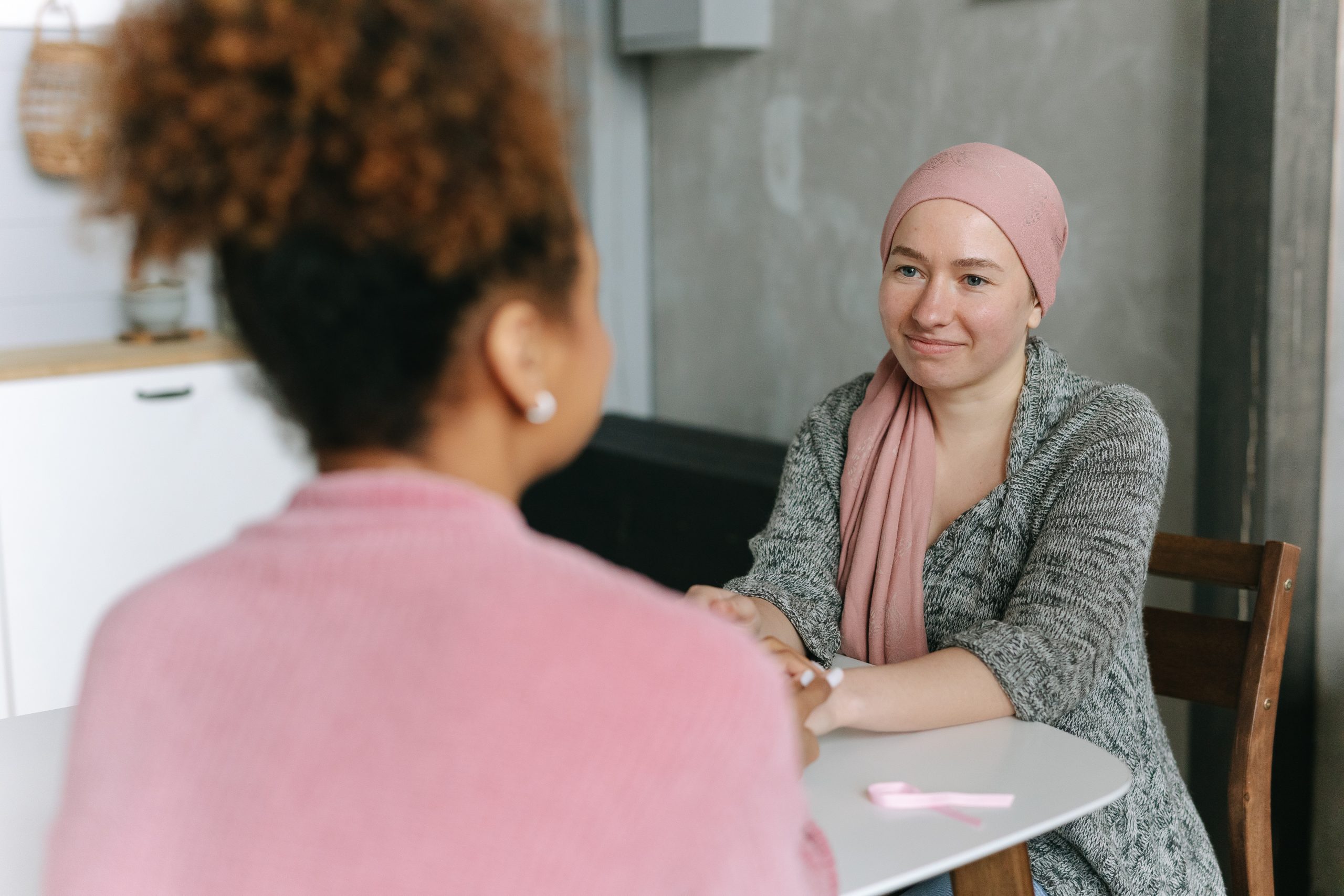Thanks to advances in medicine, survival rates are increasing, and cancer can more and more often be viewed as a chronic disease. In the western world, more than 65% survive cancer for more than five years. In Germany alone there are around four million long-term survivors after cancer. Long-term survivors increasingly include women with or after ovarian cancer: around a third of women become long-term survivors. Despite the increasing number of long-term survivors, the topic of long-term survival has received very little attention in both the lay press and scientifically.
Question:
How does the aftercare work?
Answer:
All women with ovarian, fallopian tube, or peritoneal cancer should receive follow-up care after completing therapy. This should be done on an outpatient basis in close cooperation between resident doctors and clinics. Aftercare is also understood as care and has the following goals:
- psycho-oncological support
- psychosocial support
- Initiation of rehabilitation measures
- Follow-up diagnostics (clinic)
- Preventive care (e.g. breast cancer)
- Supportive treatments (e.g. for nausea or diarrhea)
- Ensuring and optimizing communication (doctor-patient / doctor-doctor / patient-patient)
- Quality control
Aftercare also includes intensified cancer screening. In particular, patients with cancer of the ovaries, fallopian tubes and peritoneum should regularly, depending on their tumor stage, H. Once a month, do a breast self-examination and take part in the mammography screening (X‑ray examination of the breast tissue). These recommendations are based, on the one hand, on the fact that breast cancer is the most common tumor in women anyway and, on the other hand, on the fact that the risk of breast cancer is slightly higher for women with ovarian, fallopian tube and peritoneum cancer. However, aftercare always has to be adapted to the patient’s individual situation. The general recommendations are intended only as a guide.
Since the risk of recurrence of ovarian, fallopian tube and peritoneum cancer is particularly high within the first three years after the operation, the examination intervals should be closer during this period (ten to twelve weeks).
Then, depending on the situation, six-month intervals are displayed. It is generally recommended that the examinations be carried out annually after the fifth year. Recommendations for the follow-up procedure:
- detailed medical history
- Ultrasound (through the vagina and through the abdominal wall)
- gynecological examination (including rectal examination)
It should be noted critically that the benefit of a routine CA-125 control for the survival of the patients has not yet been proven by studies. The determination of tumor markers can also place considerable psychological stress on the patient. Discuss the use of the tumor marker with your medical team!
Question:
How long is aftercare necessary?
Answer:
Follow-up care for women with gynecological cancer lasts five to ten years; after that, those affected are usually considered cured. However, more than half of these women still suffer from long-term side effects, such as B. Fatigue, incontinence and neurological complaints that have a lasting impact on your quality of life. So far there is no contact point in Germany who support affected women in reducing the long-term side effects of their cancer treatment and improving their quality of life.
In the Survivorship project, a consultation hour for women with gynecological cancer more than eight years ago is to be established and evaluated at the Clinic for Gynecology with the Center for Oncological Surgery of the Charité. It should be examined whether such a consultation improves the quality of life of the women concerned and is cost-effective. In addition, it will be investigated whether the long-term side effects of gynecological cancer can be better recognized and treated.
More information at: https://survivorship-clinic.de/
Question:
Can I go back to the sauna after the treatment is over?
Answer:
In principle there is nothing wrong with going to the sauna. It should be noted, however, that there are no serious cardiovascular diseases. You should therefore discuss this topic in detail with your treating physician. It is important that you are accompanied to the sauna so that you can get help quickly if necessary. The sauna sessions should be well dosed and not too intense.

